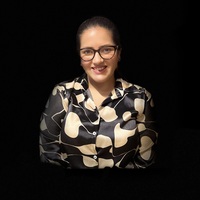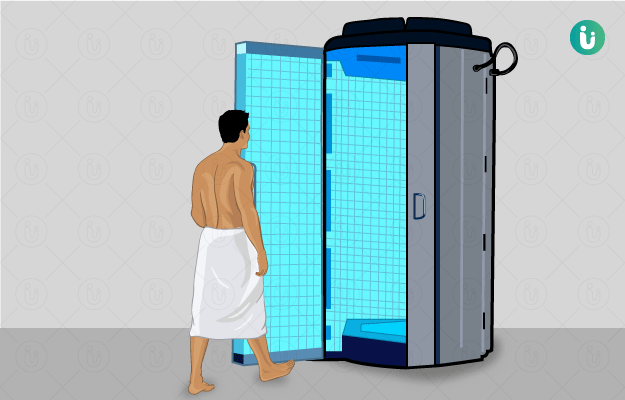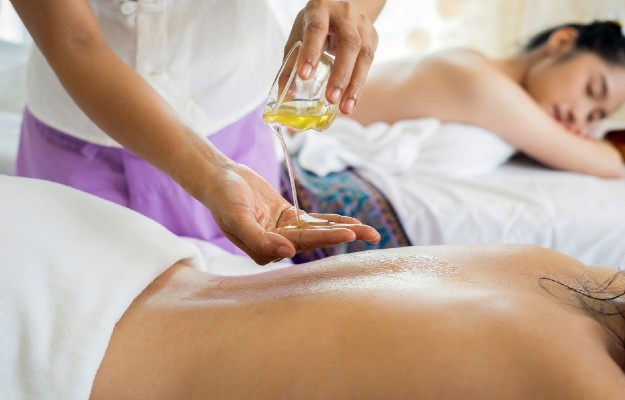Botox is the abbreviated, and more commonly used, term for medical-grade Botulinum toxin. Botulinum toxin is a neurotoxin substance naturally produced by the bacterium called Clostridium botulinum and other related species. A neurotoxin is a poisonous substance that infiltrates the nervous system (nerves, spine or brain) to impair its functioning. Common effects of a neurotoxin acting on nerves include the paralysis of the muscles it innervates and controls and loss of sensory function, like the sensation of touch or pain, mediated by the affected nerves. Botulinum toxin acts by inhibiting the release of acetylcholine, a neurotransmitter that transmits signals between nerve cells, at the junction of the nerve and the muscle, thereby causing paralysis and loss of muscle tone (or flaccidity). Various kinds of botulinum toxins are found in nature and are classified alphabetically from A through G. Few types of botulinum toxin are known to cause botulism, a rare and potentially fatal disease causing weakness of muscles that help in respiration, through wound infections and foods contaminated by Clostridium bacteria species. While naturally occurring botulinum toxin is a defence mechanism of the bacteria, its useful properties have been manipulated for gainful use in cosmetology and medicine. Botulinum toxin A and B have wide-ranging medical and aesthetic applications. Although Botox is popularly thought to be associated only with cosmetic treatments, it is a very useful tool in the management of various other medical conditions, particularly those where pain relief or muscle spasm control is needed.
99% Savings - Buy Just @1 Rs
X

- हिं - हिंदी
- En - English
- Treatment
-
- Skin Issues
- Acne
- Fungal Infection
-
- Hair Problems
- Hair Growth
- Hair Dandruff
- Self-Analysis
-
- Chronic Diseases
- Diabetes
- Heart Care
- Weight Loss
- Sleep Support
- Liver Care
- Stress & Anxiety
- Our Brands
- Doctor Consultation
- Medicine A-Z
-
Health A-Z
-
- Treatments
- Home Remedies
- Herbs
- Surgery
- Lab Test
- Therapy
- First Aid
- Ayurveda
- Homeopathy
-
- Yoga And Fitness
- Fitness
- Yoga
- Weight Loss
- Weight Gain
-
- Other Topics
- Baby Names
- Beauty
- Healthy Foods
- Tips
- Health News
- Pet Health
- Men Health
- Medical Cannabis
- Login / Sign Up












































